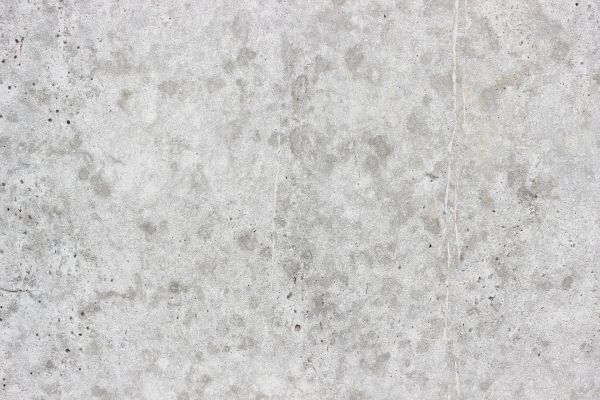Researchers at the Institute of Industrial Science, a part of The University of Tokyo, have developed a new procedure for recycling concrete with the addition of discarded wood. They found that the correct proportion of inputs can yield a new building material with a bending strength superior to that of the original concrete. This research may help drastically reduce construction costs, as well as slash carbon emissions.
Concrete has long been the material of choice for construction our modern world, used in structures such as skyscrapers, bridges, and houses--to name just a few. However, as countries work to constrain their greenhouse emissions, concrete production has fallen under increased scrutiny. Concrete consists of two parts, aggregate--which is usually made of gravel and crushed stone--and cement. It's the production of cement that is blamed for a large amount of the carbon dioxide humans release into the atmosphere.
"Just reusing the aggregate from old concrete is unsustainable, because it is the production of new cement that is driving climate change emissions," explains first author Li Liang. Therefore, a new, environmentally friendly approach is needed to help promote the circular economy of concrete. The researchers optimized their new method by adjusting the mixture proportion, pressure, temperature, pressing duration, and water content. Finding the right proportion of concrete and recycled wood was critical to obtaining concrete with the most strength. Wood gets its rigidity from lignin, which are highly crosslinked organic polymers. In this case, lignin fills the gaps in the concrete and functions as an adhesive when mixed with waste concrete powder and heated. The strength was also improved by higher temperatures and pressures during pressing.
Read more at Institute of Industrial Science - The University of Tokyo
Image by Predra6_Photos from Pixabay


